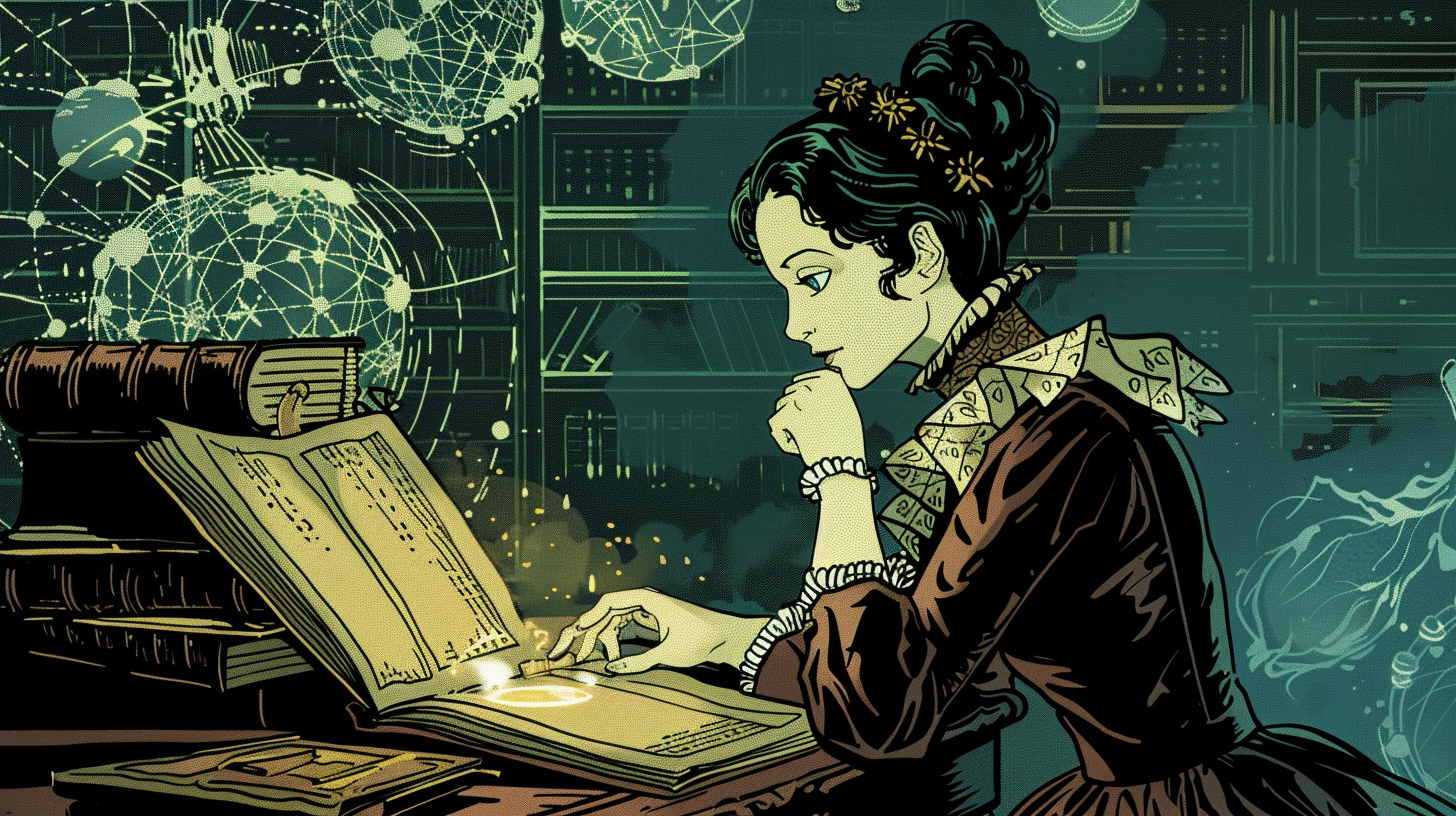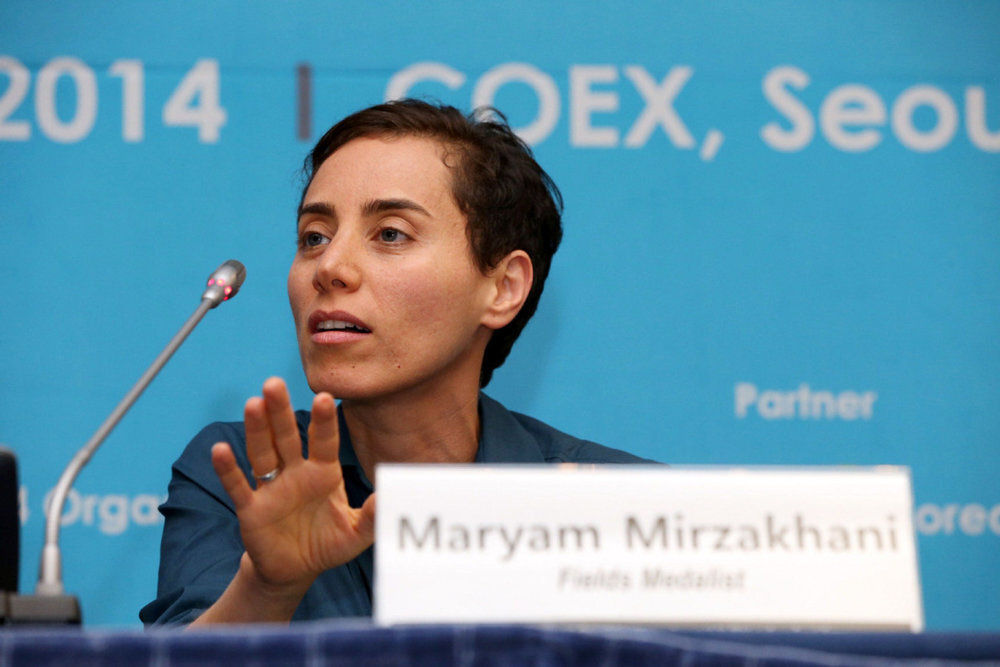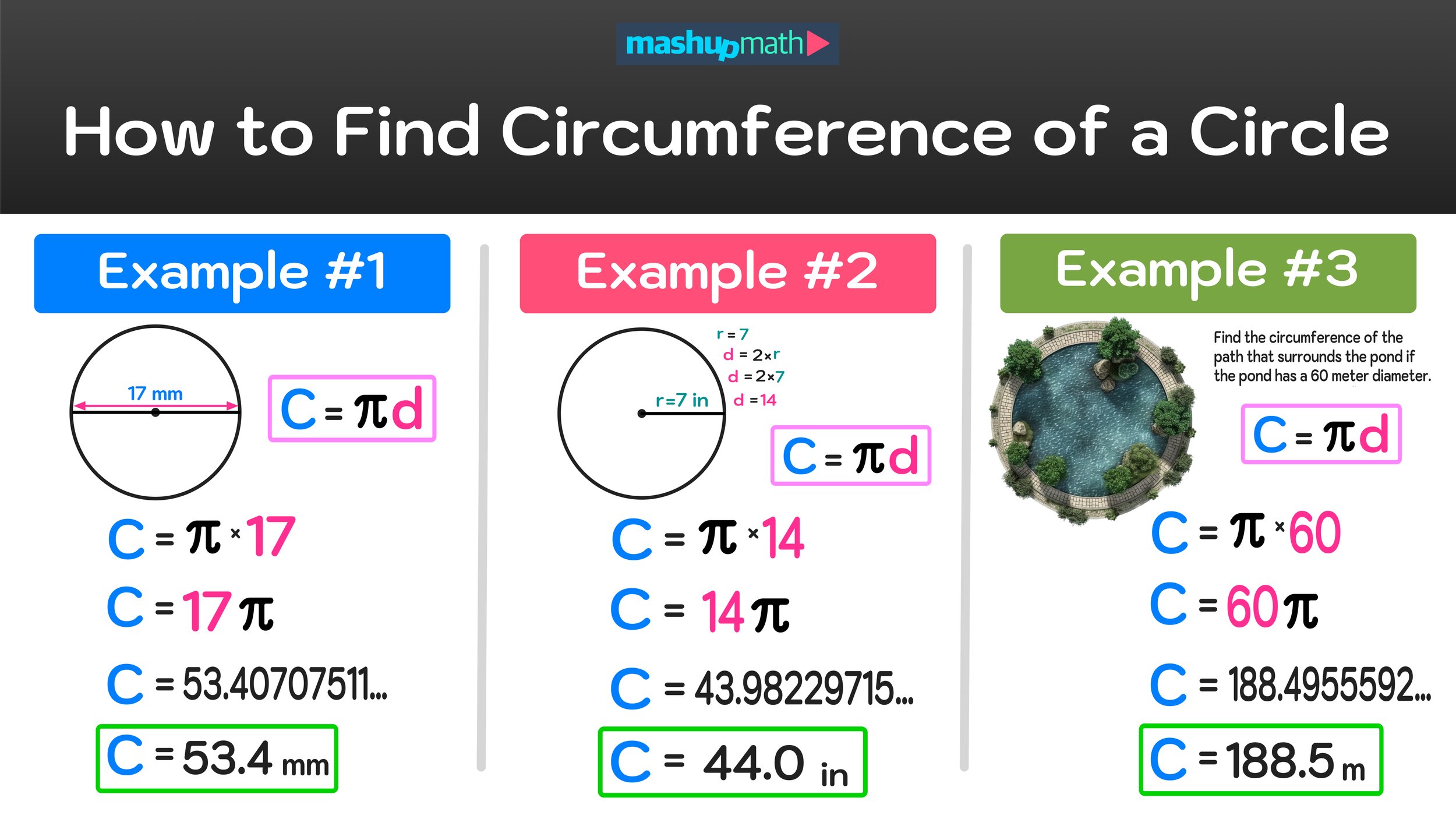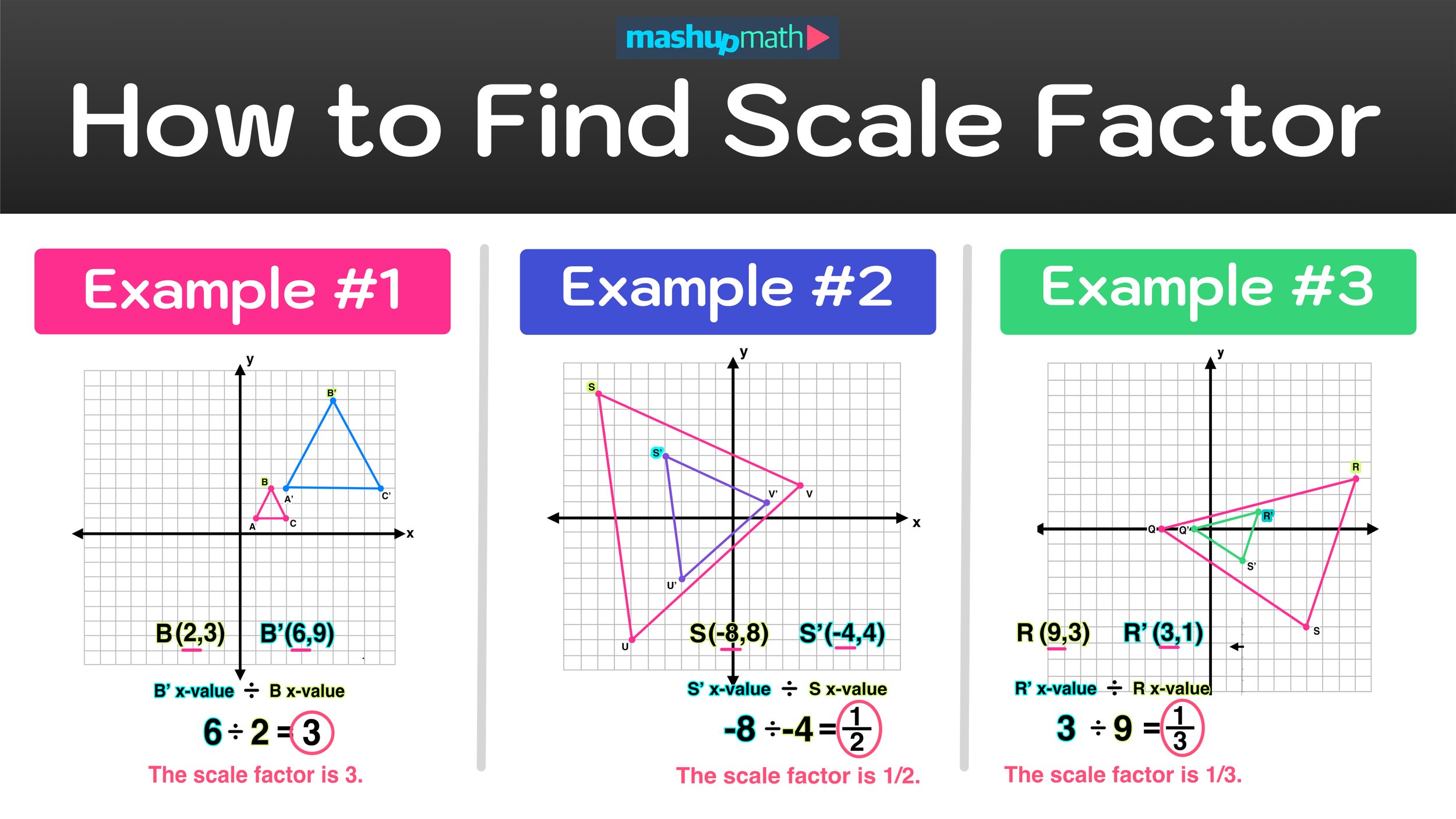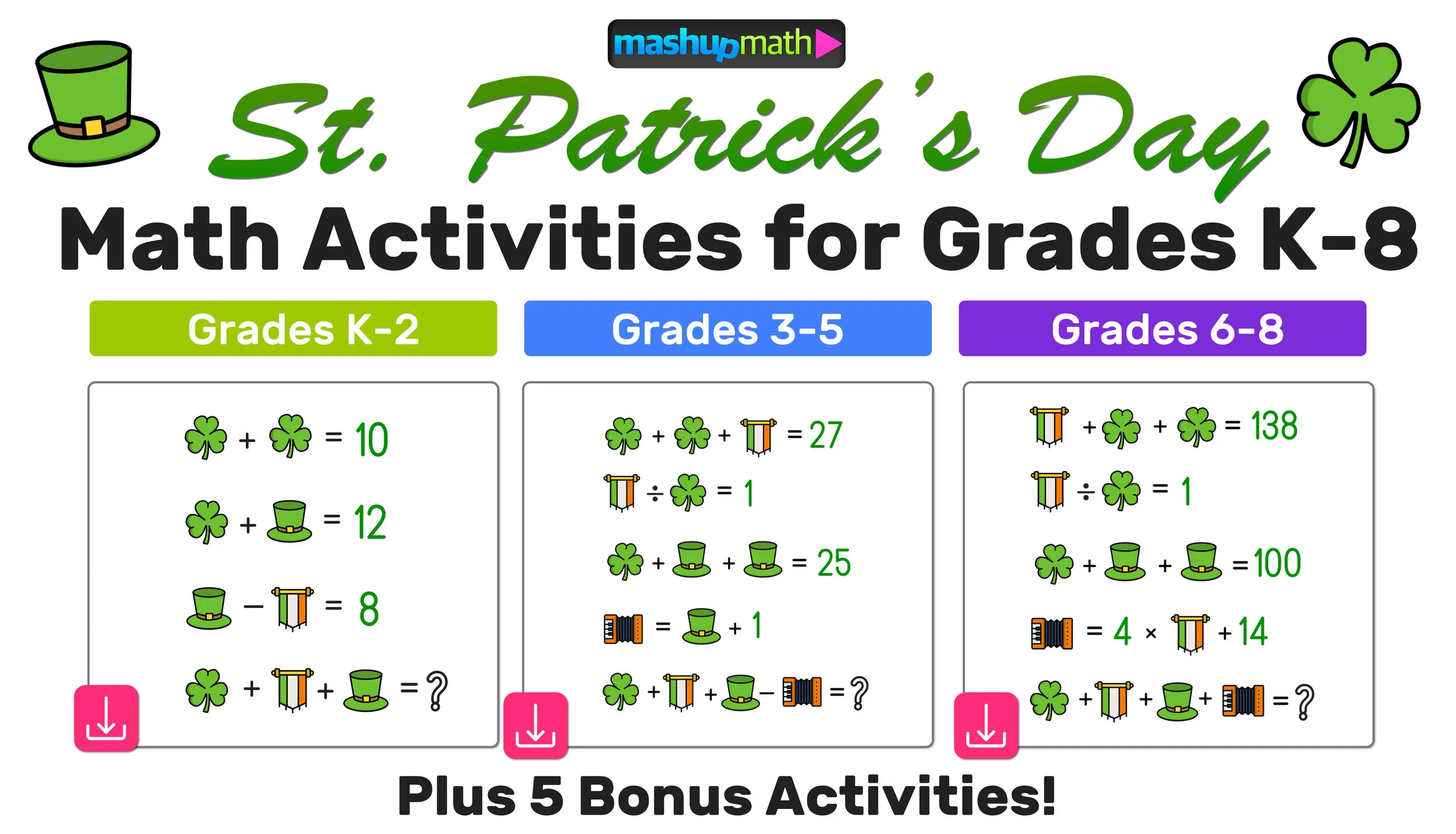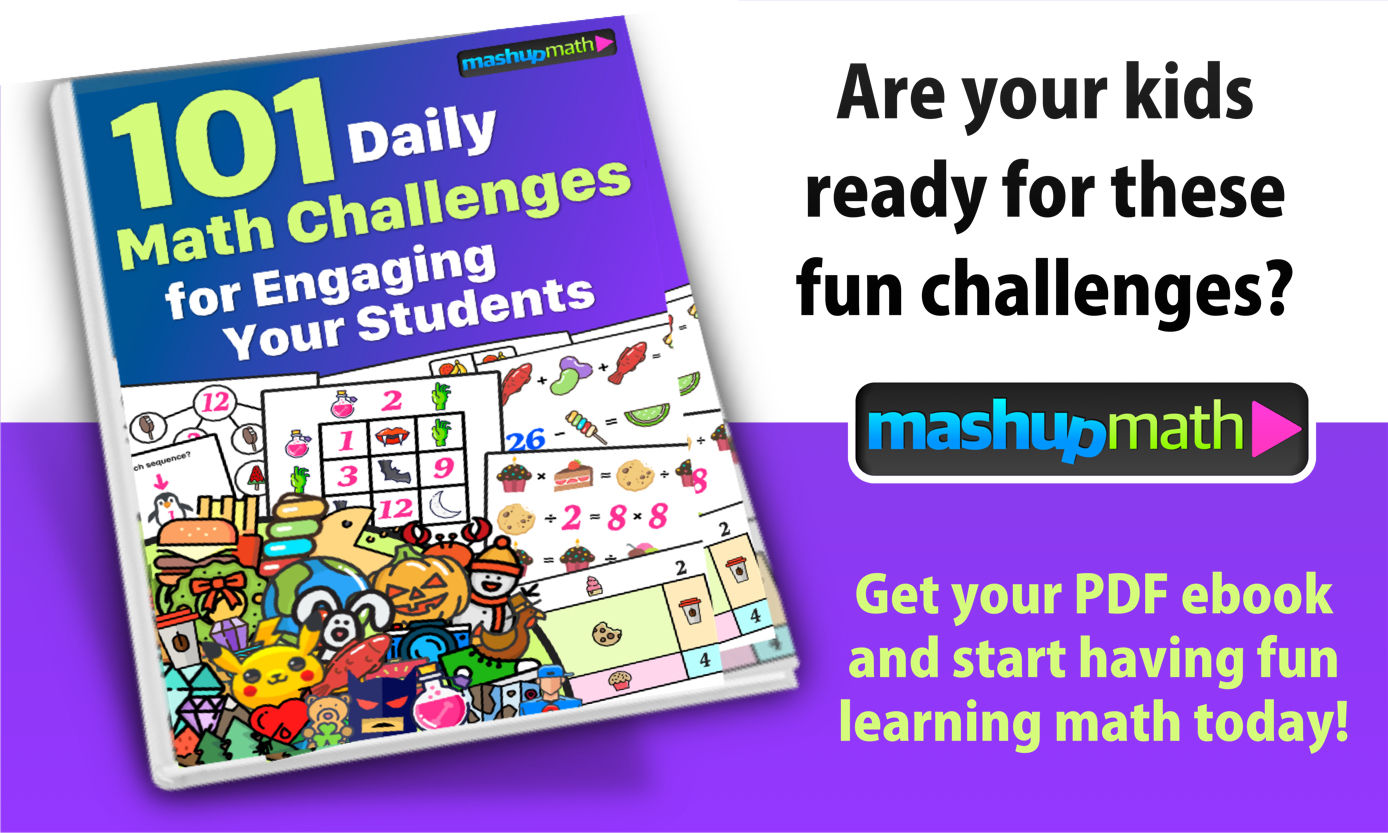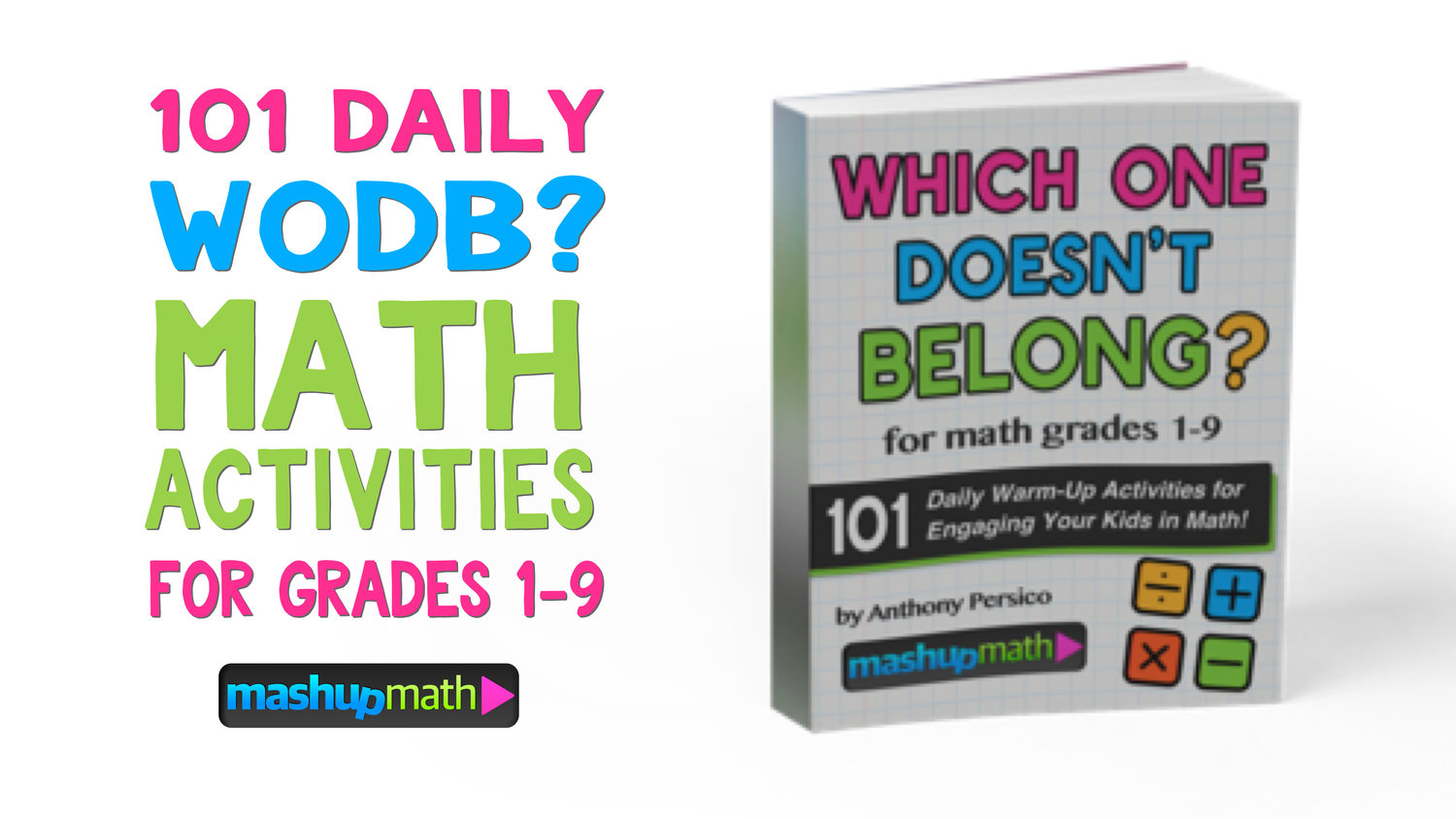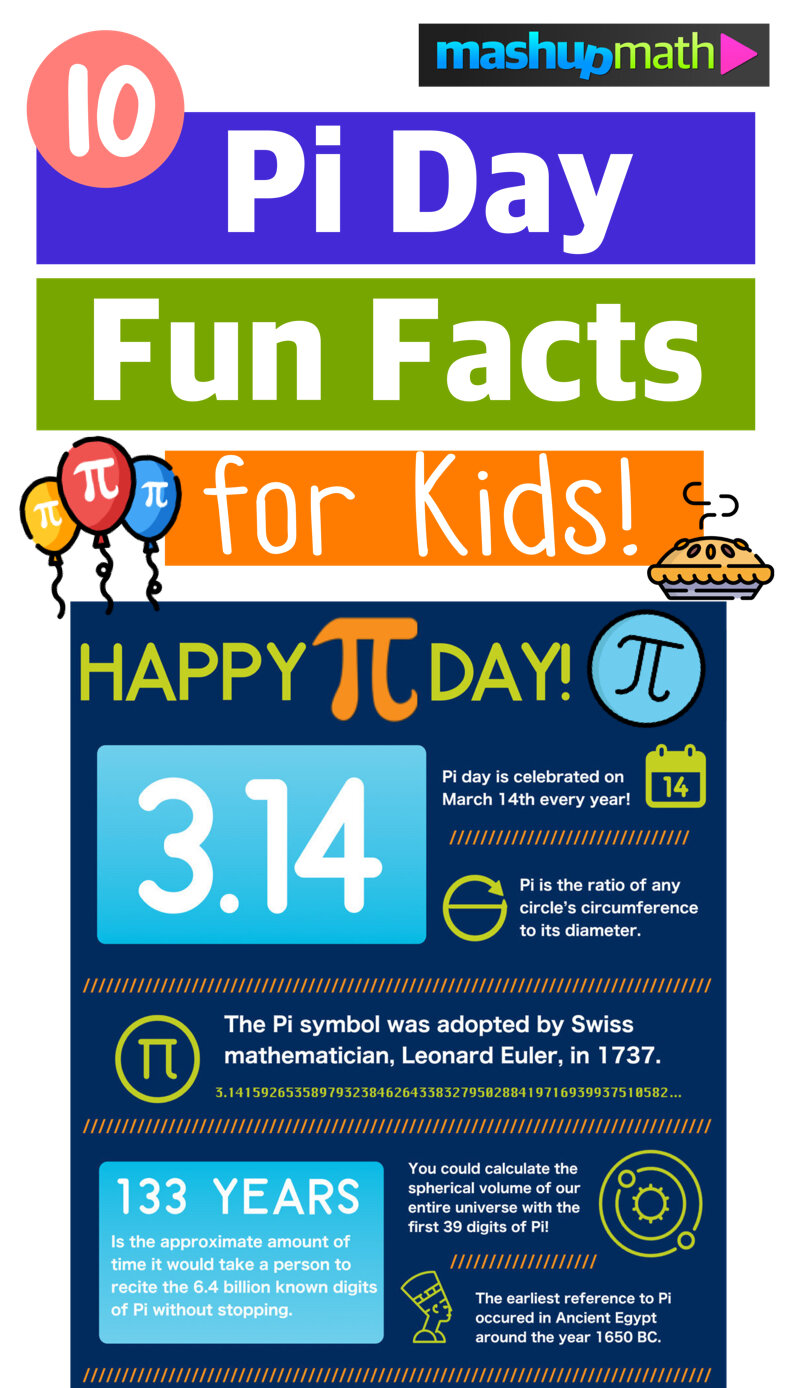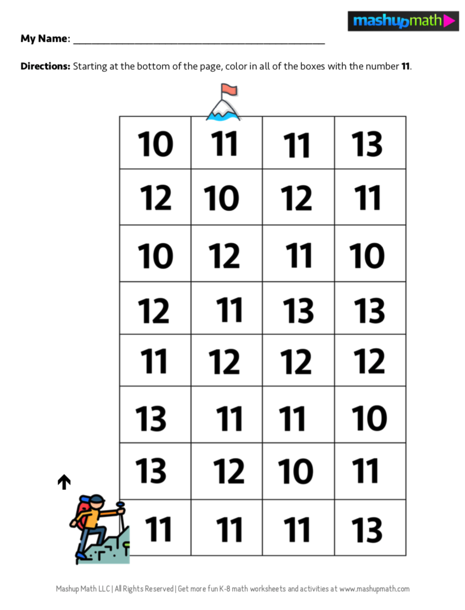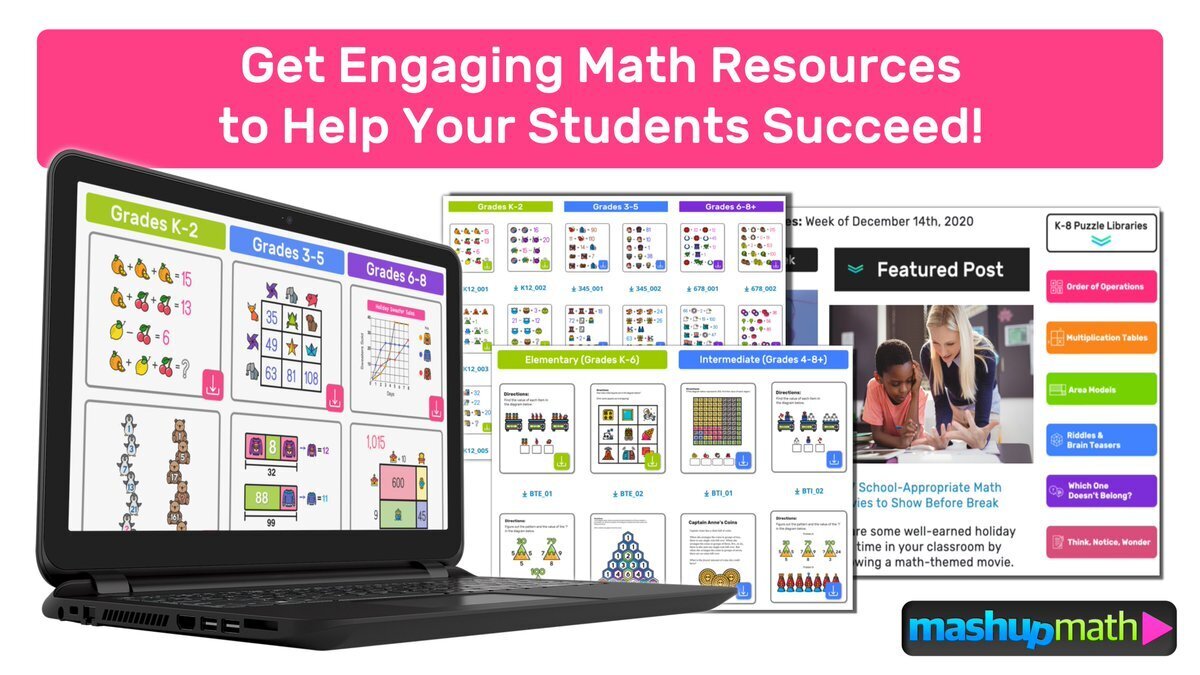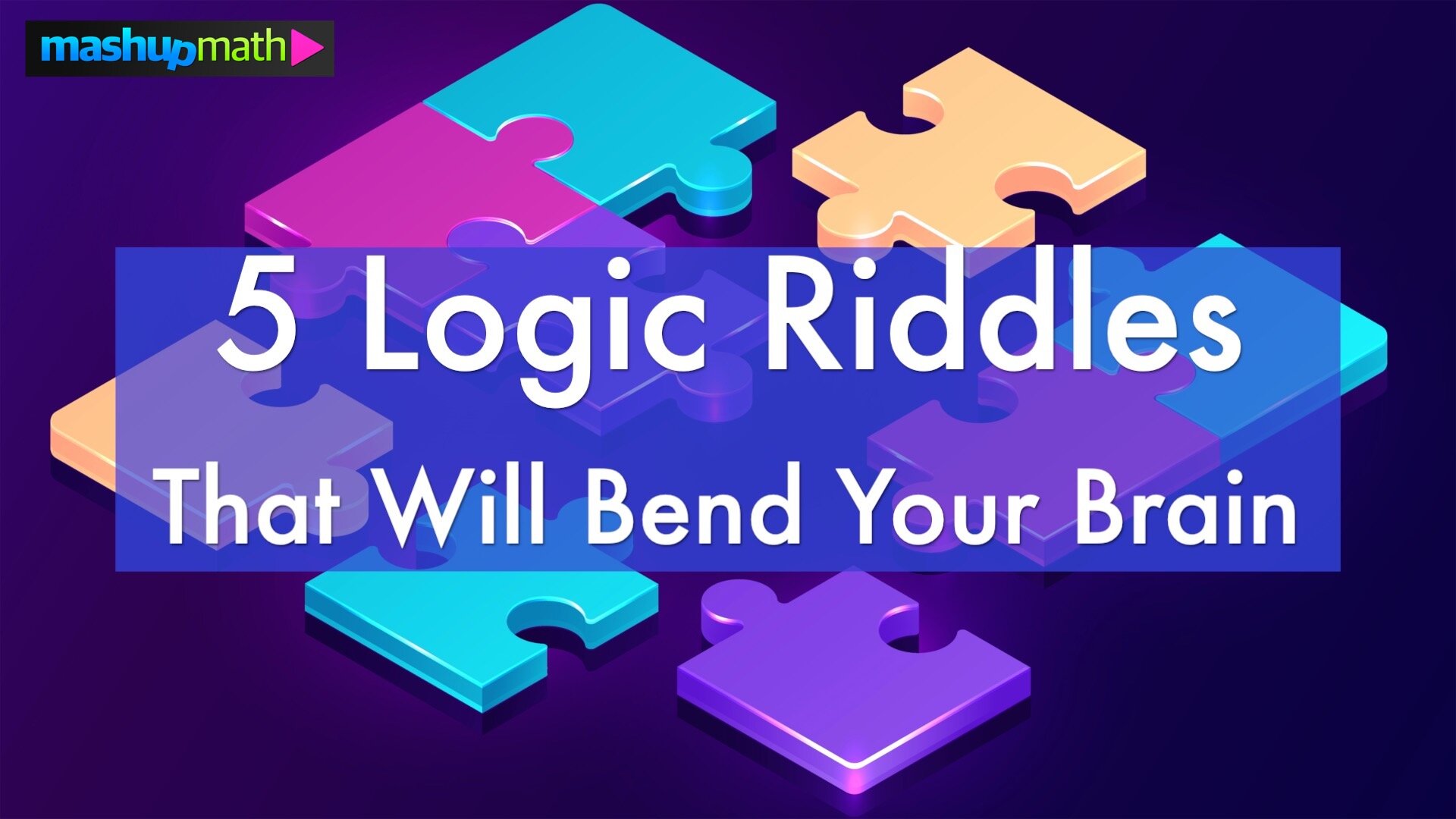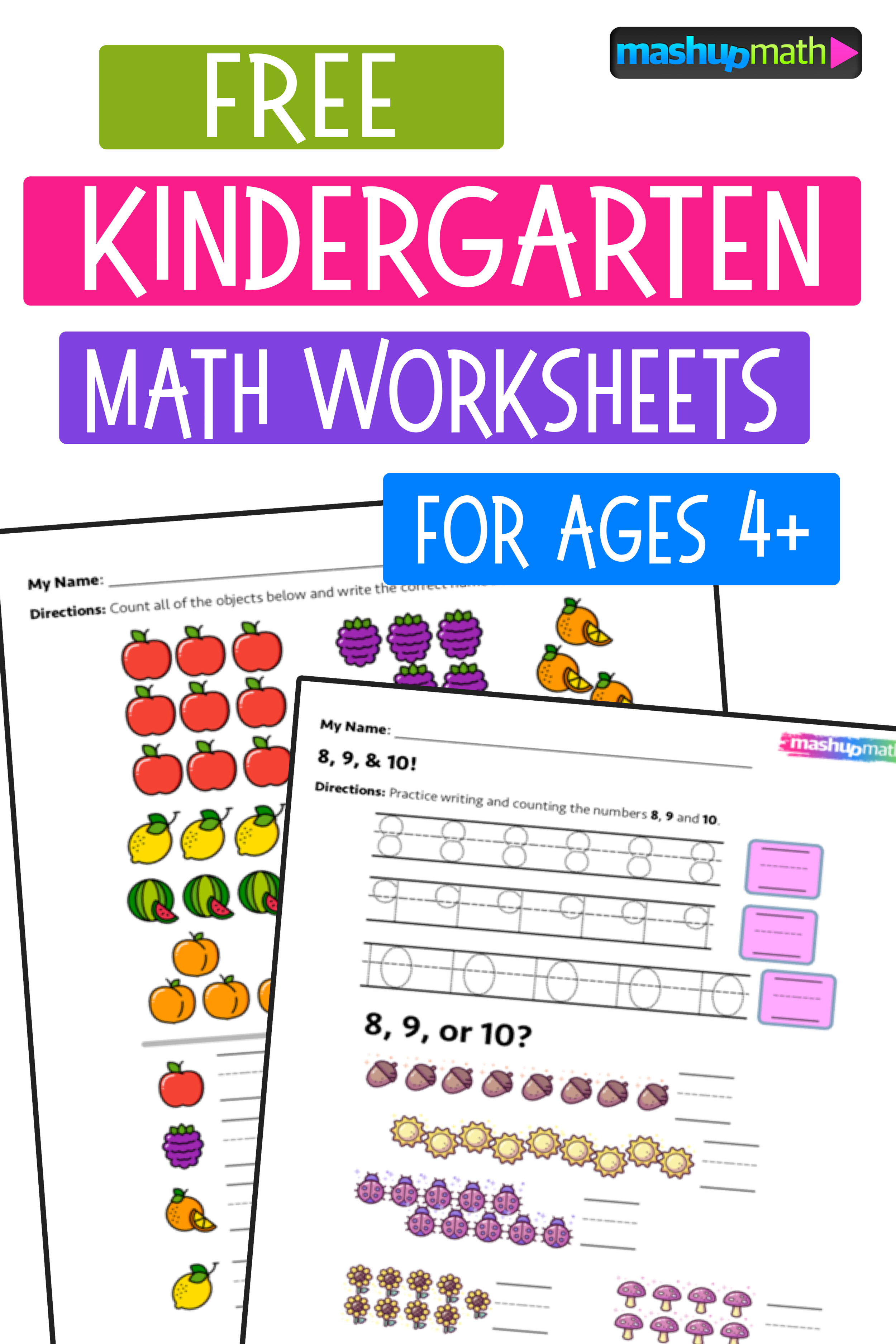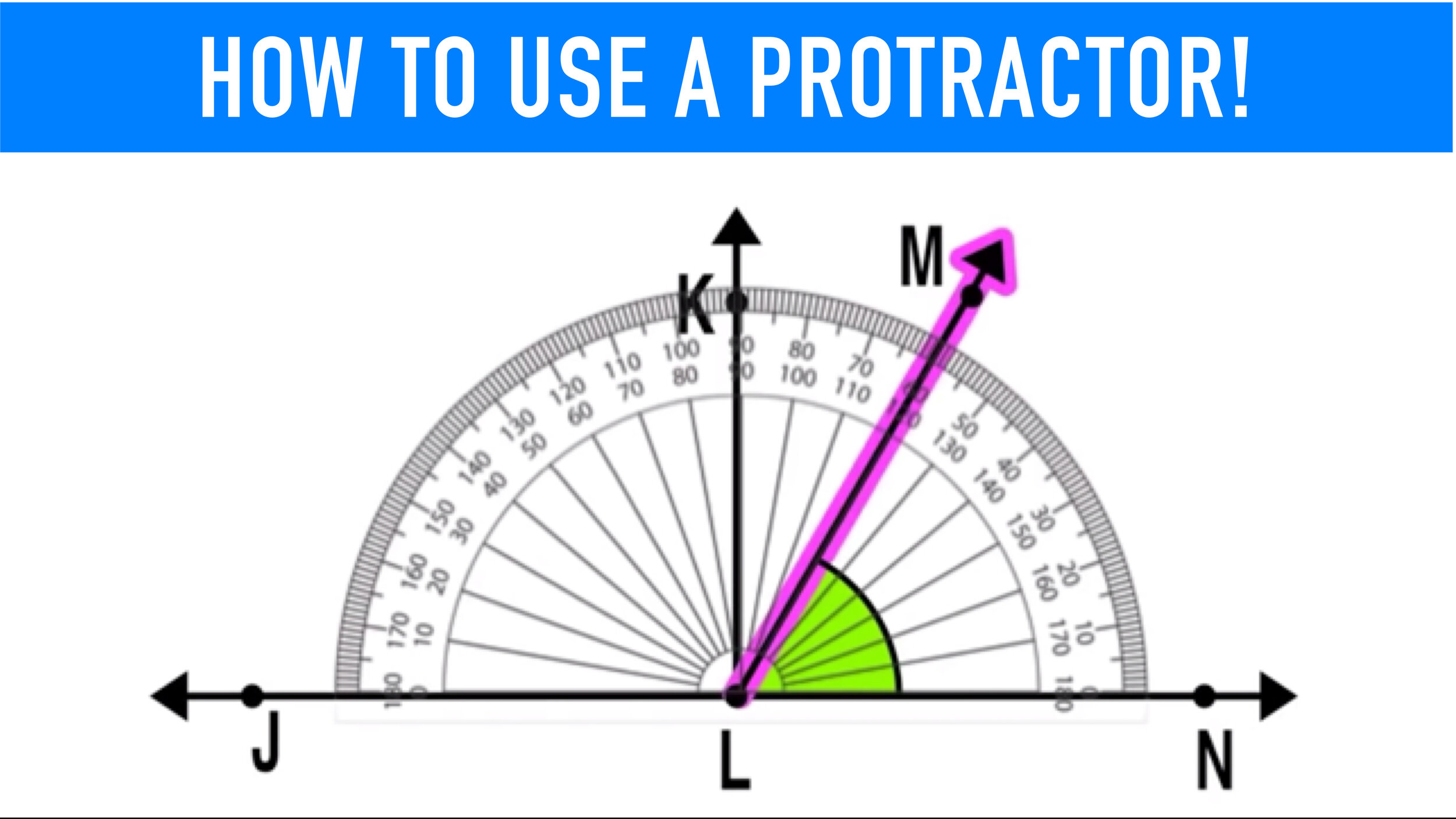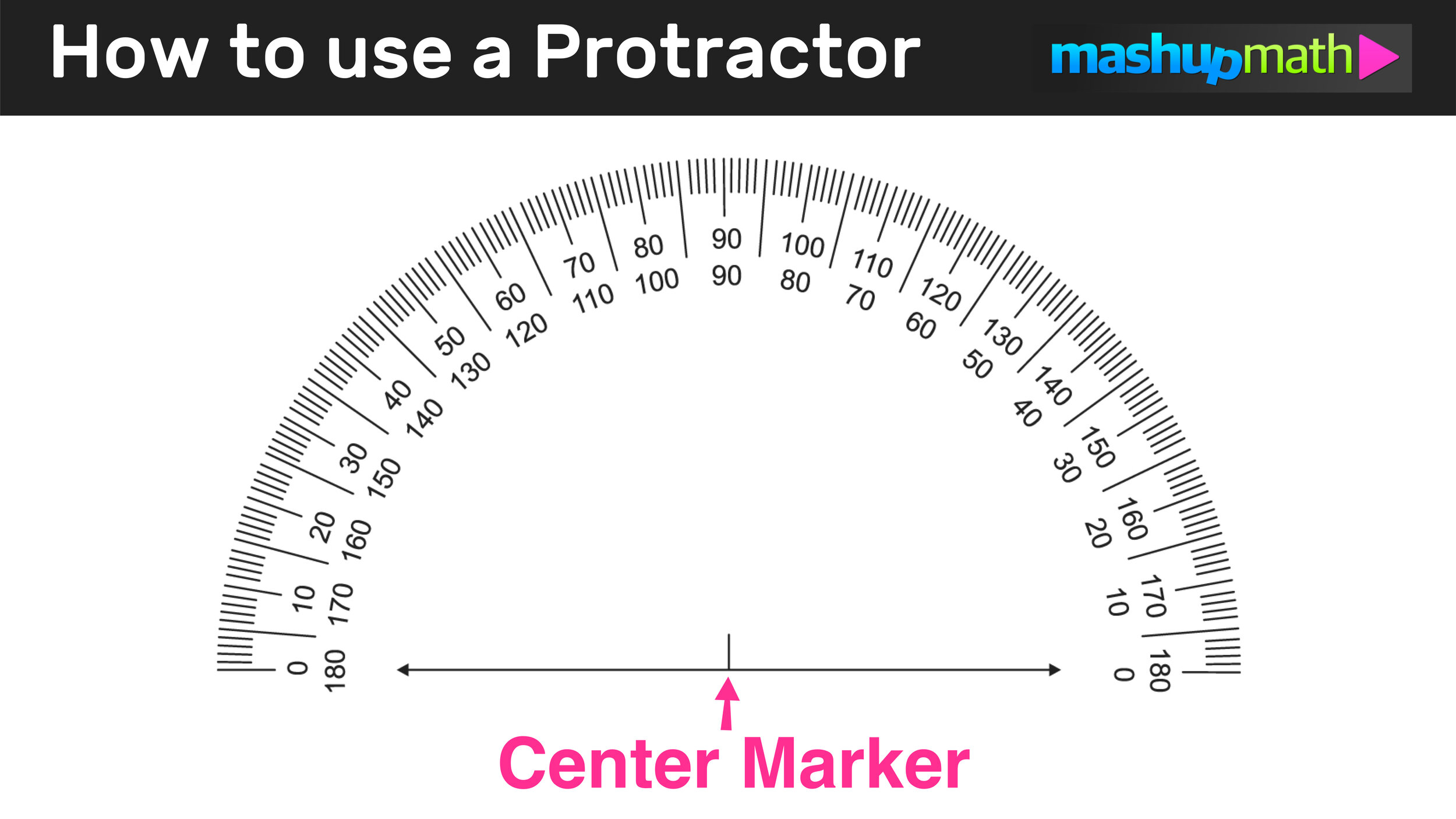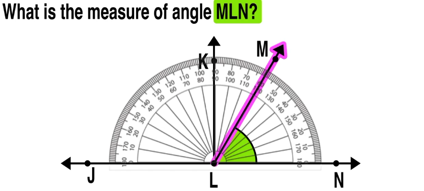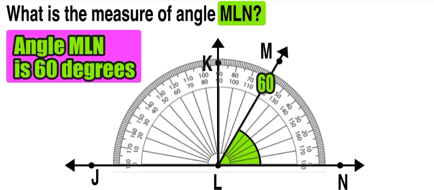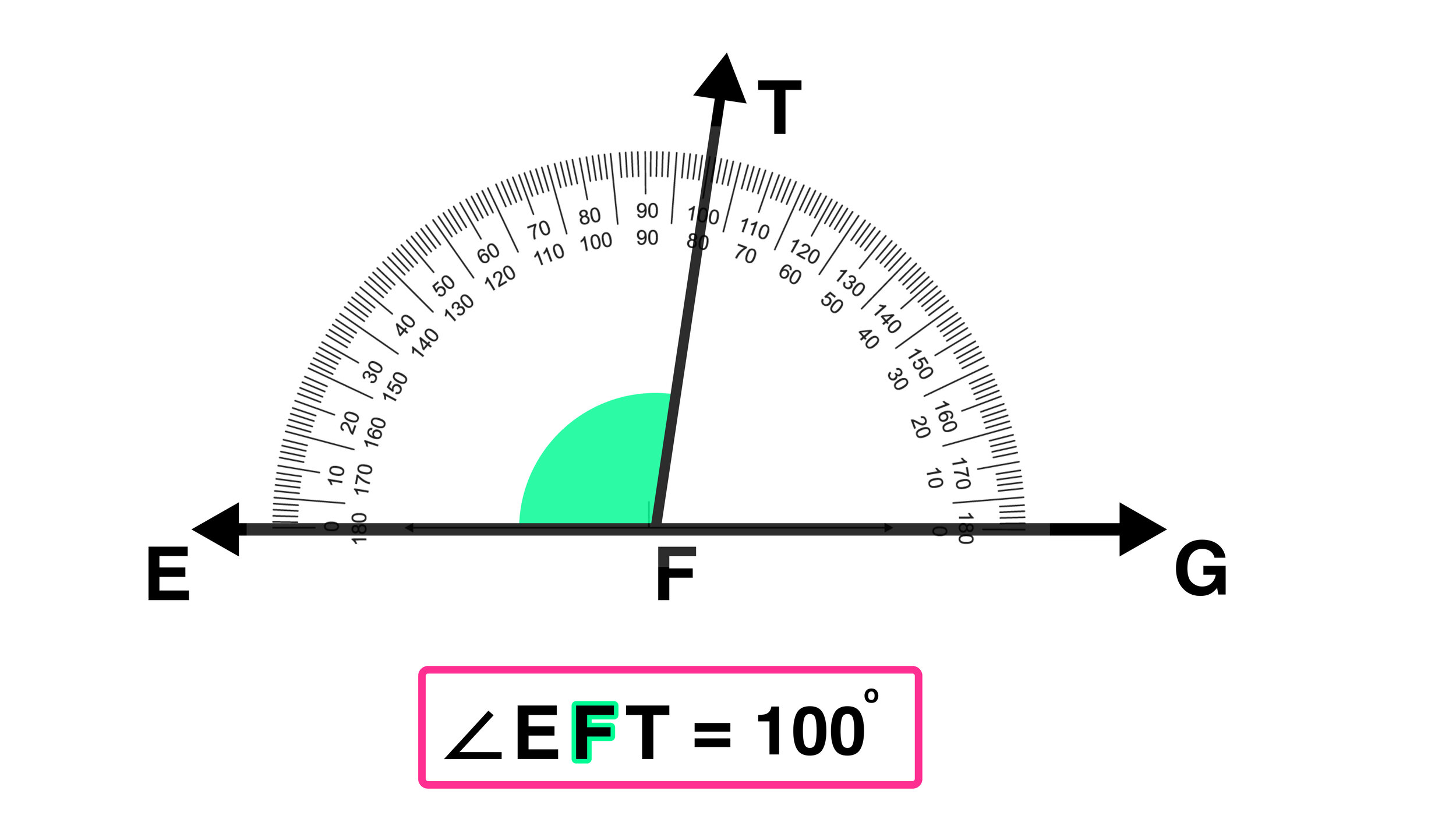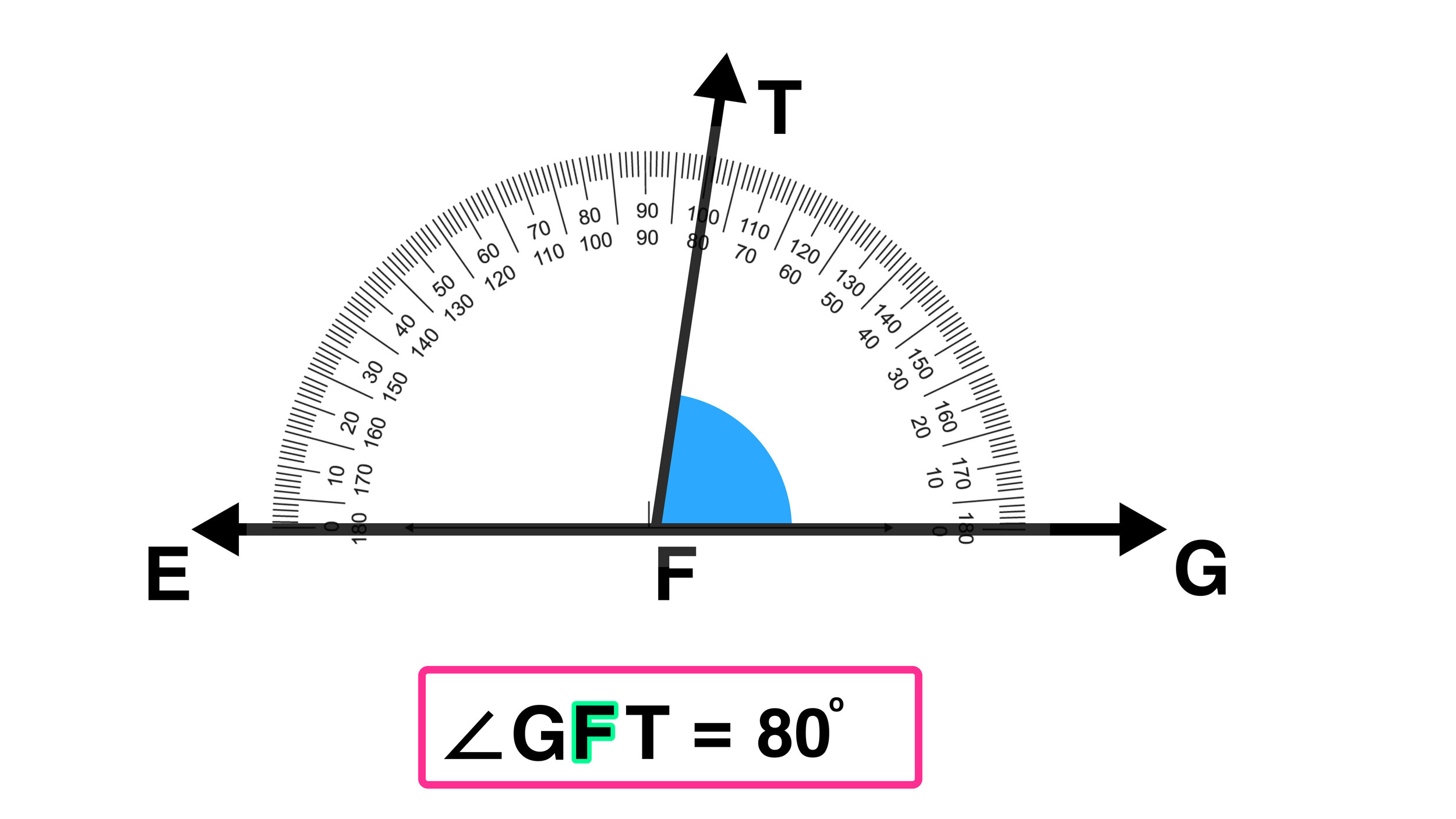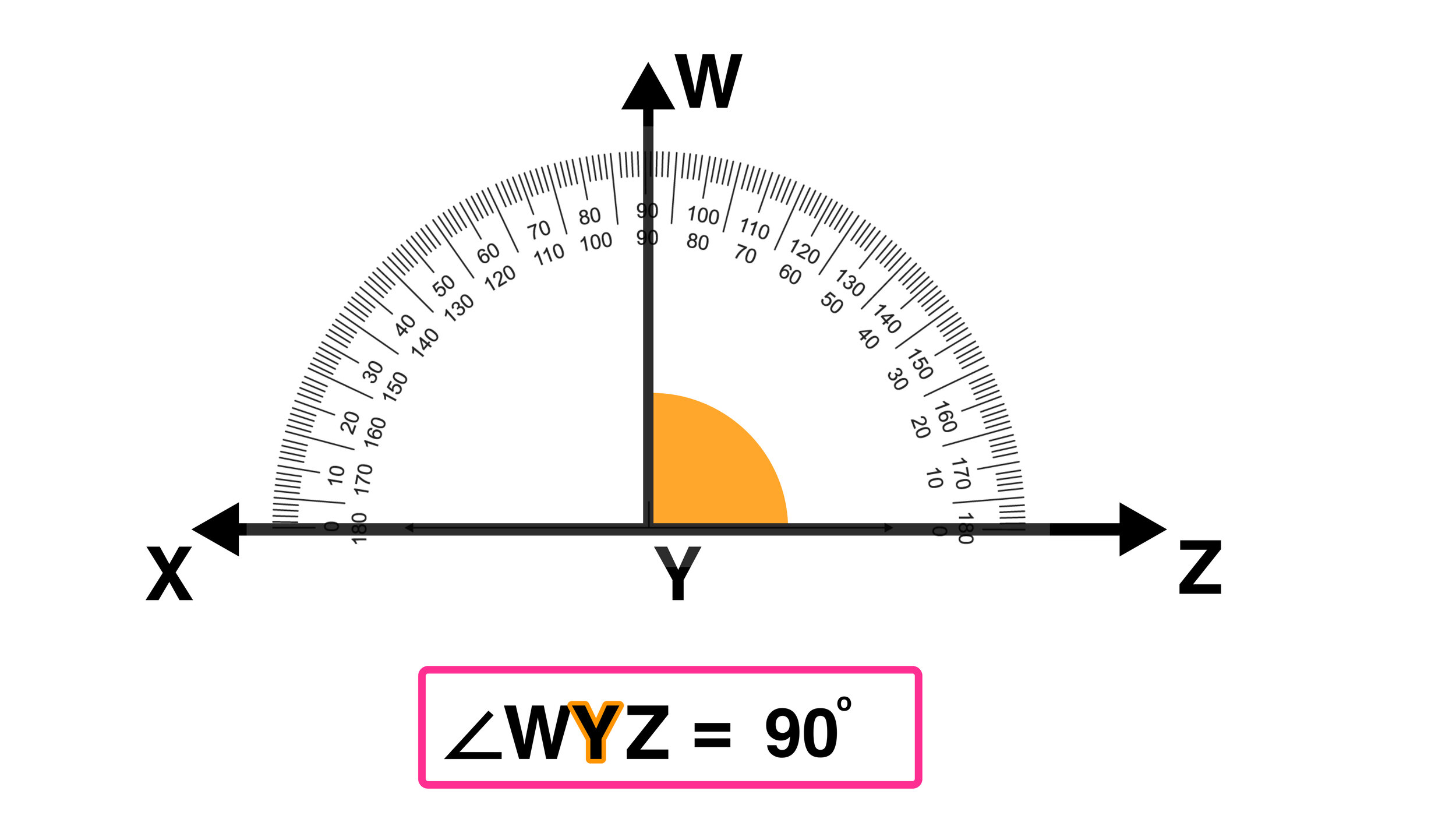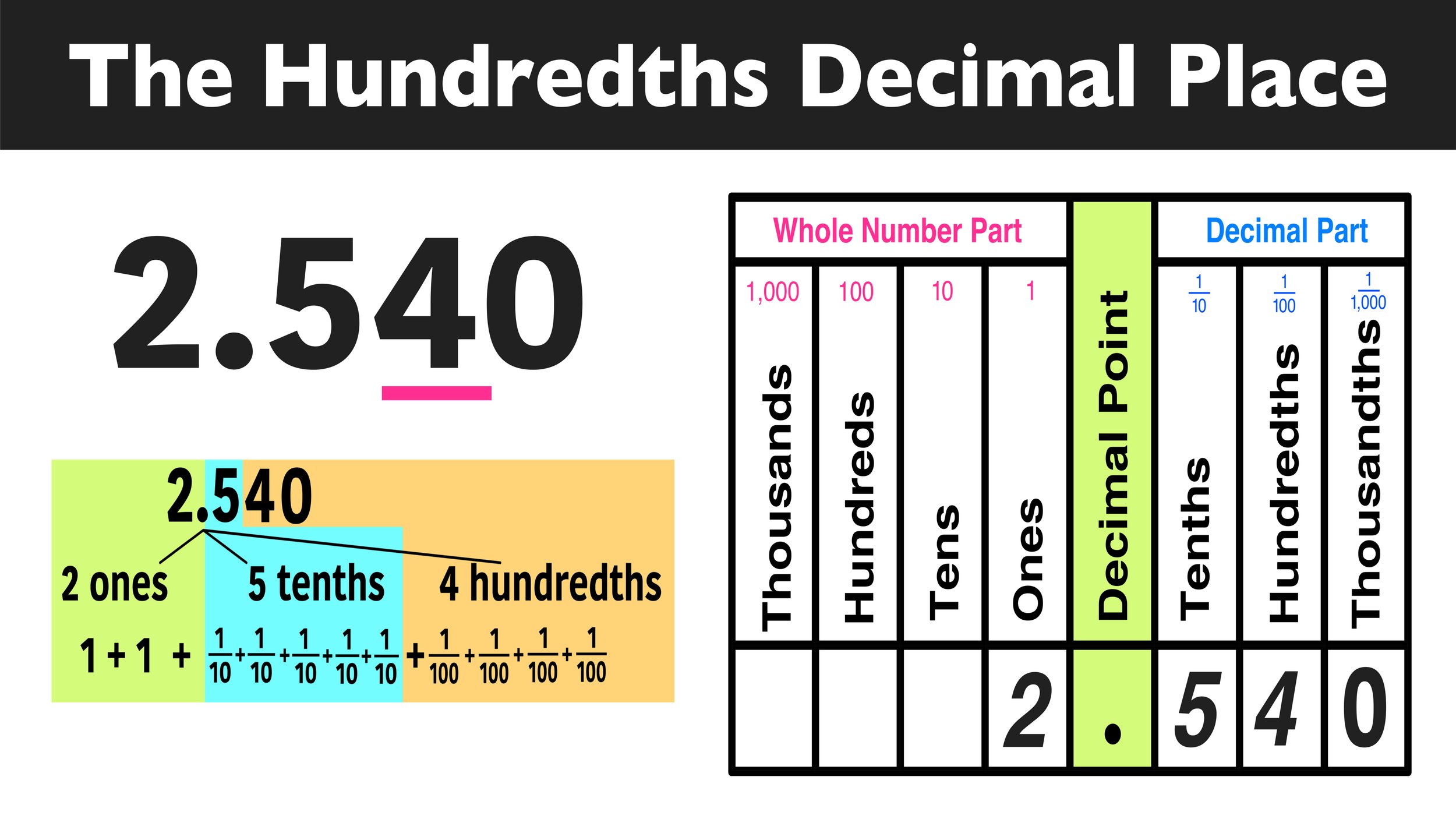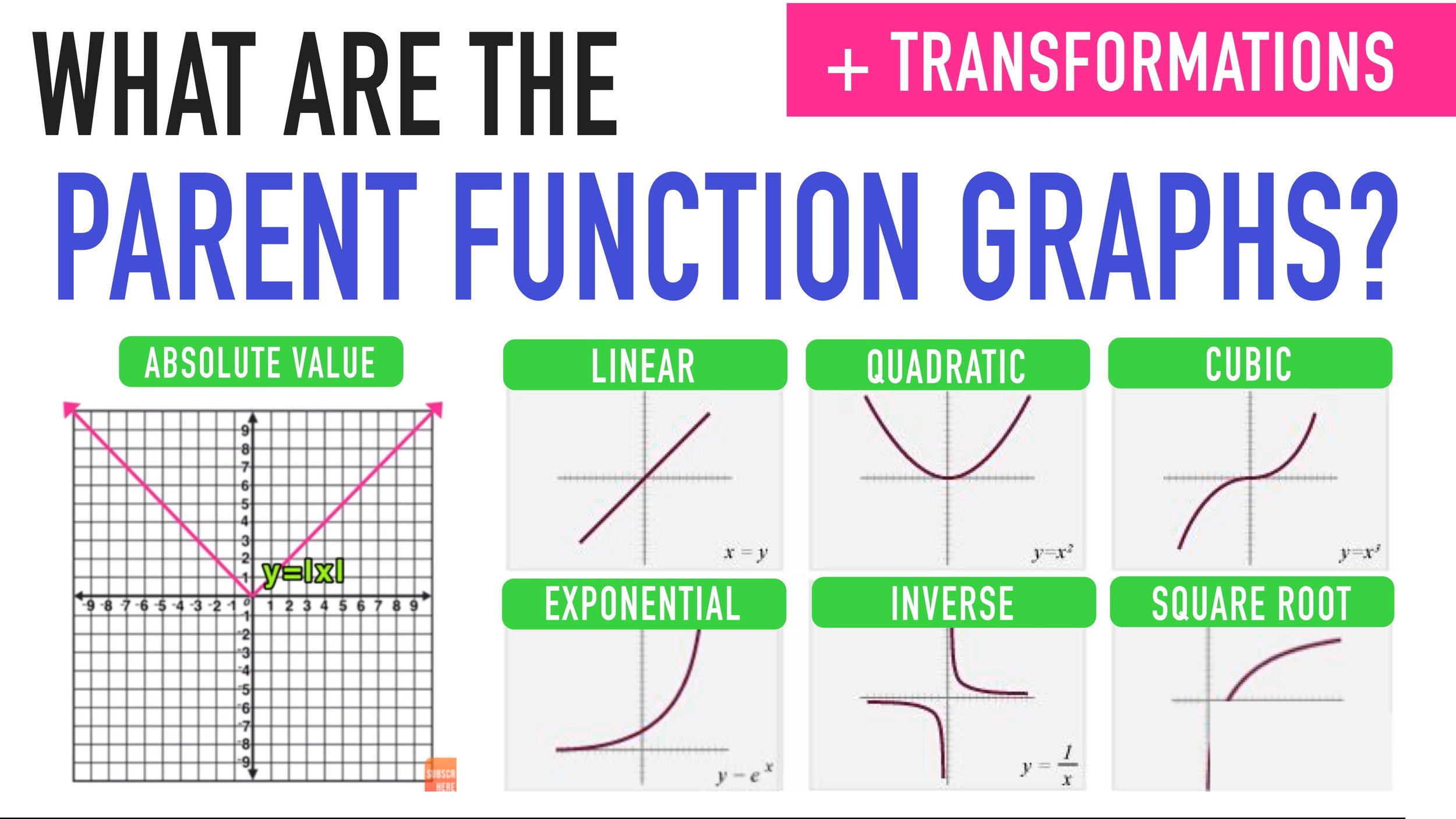Last Updated: March 9th, 2023
March is Women’s History Month, a time to honor, celebrate, and acknowledge generations of women of all backgrounds, their struggle to achieve equality in society, and their incredible contributions in fields including civil rights, athletics, art, politics, mathematics, and every other facet of life imaginable.
Women’s History Month is a special opportunity for students to learn about famous women mathematicians throughout history and their contributions to the field of study—ranging from discovering fundamental theorems to rocket science and putting astronauts into orbit.
Why is it important for students to learn about female mathematicians? Because the History of Mathematics is overly focused on the contributions of a small group of male mathematicians like Isaac Newton, Albert Einstein, and Euclid, while often ignoring the diverse contributions of women and minorities
If you are looking to promote gender equality and celebrate Women’s History Month with your kids this month and beyond, sharing the contributions of famous female mathematicians is a great way to inspire students, teach them about the history of mathematics, and remind them that math is accessible to everyone.
In February, we celebrated Black History Month by sharing 11 Famous African American Mathematicians You Should Know About. And now that the calendar has turned to March, we are sharing 11 Famous Women Mathematicians and Their Amazing Contributions in honor of Women’s History Month.
One idea for celebrating these famous women is to focus on a different individual each day, assigning individuals for a famous woman mathematician research assignment, or by sharing this article on your classroom’s bulletin board.
Note that you can certainly share this list of famous female mathematicians with your kids during any time of the school year. However, March, being Women’s History Month, is an extra special opportunity to provide your students with a deeper understanding of these women and their contributions within the context of history and the fight for gender equality.
11 Famous Female Mathematicians and Their Incredible Contributions
Famous Female Mathematicians: Hypatia
1.) Hypatia (370-415 AD)
There was a woman in Alexandria named Hypatia, daughter of the Philosopher Theon, who made such attainments in literature and science, as to far surpass all the philosophies of her own time.
-Socrates Scholasticus
Our list starts off with Hypatia, the daughter of prominent Egyptian Mathematician Theon with whom she collaborated on several famous mathematical works. Since Hypatia was the daughter of an upper-class mathematician and philosopher, she received the same education as her male peers and it wasn’t long before she proved that she was a more accomplished mathematician than many, including even her father.
Conic Sections
She is considered the first known female math teacher in history and was also known for teaching astronomy and how to use an astrolabe device to model astronomical events.
In addition to becoming a respected teacher of mathematics (which was unheard of for a woman in Egypt at the time), she also made several advancements to the field of mathematics, namely her work on conic sections and developing the concepts of ellipses, parabolas, and ellipses by dividing cones into planes.
Famous Female Mathematicians: Sophie Germain
2.) Sophie Germain (1776-1831)
Algebra is but written geometry, and geometry is but figured algebra.
-Sophia Germain
Sophie Germain was born in Paris, France in 1776 and become infatuated with mathematics at a young age. As a teenager, she spent her time reading every mathematics book available in her library and taught herself Latin so she could study the works of Isaac Newton and Euler.
At the age of 18, she enrolled in the famous math academy École Polytechnique, which was no easy feat for a woman at that time. To get her professor’s attention, she submitted letters sharing her mathematical work using a fake male student’s name. After discovering that the work was actually done by Sophie, her professor was extremely impressed and became her mentor, helping her to establish herself and become respected in a male-dominated field of mathematics.
Her two greatest mathematical accomplishments include contributing to Fermat’s Last Theorem, paving the way for the problem to be solved several centuries later and pioneering what is known as elastic theory, which led her to becoming the first female to be honored by the Paris Academy of Sciences
Famous Female Mathematicians: Ada Lovelace
3.) Ada Lovelace (1815-1852)
The more I study, the more insatiable do I feel my genius for it to be.
-Ada Lovelace
Ada Lovelace was an English Mathematician who is regarded as the world’s first computer programmer!
In 1836, she wrote the world’s first computer program known as an algorithm for an Analytical Engine to compute Bernoulli numbers.
In 1852, Lovelace died due to an illness at only 37 years old. However, despite her short life, she made significant contributions to the fields of mathematics and computer science that can still be seen to this day. She is still regarded as the first person to understand the potential of a computing machine.
Without the contributions of Ada Lovelace, the modern computer and associated algorithms that we take for granted may not exist.
Famous Female Mathematicians: Sofia Kovalevskaya
4.) Sofia Kovalevskaya (1850-1891)
It is impossible to be a mathematician without being a poet in soul.
-Sofia Kovalevskaya
Sofia Kovalevskaya is yet another incredible and inspiring female mathematician who overcame the gender biases of her time to make significant contributions to the field of mathematics.
After demonstrating her ability to perform advanced mathematics at a young age, Sofia began attending classes at the University of Heidelberg only after receiving special permission since she was not a boy.
Sofia would struggle for most of her adult life to gain the same privileges to study and teach mathematics as her male counterparts did. Despite this struggle, she would become a highly regarded math professor and was the first woman to receive a doctorate in mathematics and the first woman in Europe to become a full-time professor.
Her greatest contribution to the field of mathematics was in her studies of differential equations and elliptic integrals, namely in relation to understanding the workings of Saturn and its rings.
Famous Female Mathematicians: Emmy Noether
5.) Emmy Noether (1882-1935)
My methods are really methods of working and thinking, this is why they have crept in everywhere anonymously.
-Emmy Noether
Emmy Noether was born in Germany and is arguably the most influential women mathematician in history.
After initially being reluctant to study mathematics at a young age, she eventually joined her father and brother, who were both mathematicians as well, and enrolled in a doctoral program at the University of Erlangen in Germany.
Noether is best known for discovering Noether’s Theorem, which links mathematics and physics in an extremely important way. The theorem, which is named after her, relates the laws of nature and conservation to mathematical symmetry and how we understand the universe.
Noether’s Theorem: States that every differentiable symmetry of the action of a physical system has a corresponding conservation law. (via wikipedia.org)
At the time, her theory was truly groundbreaking and influenced in how mathematicians and scientists thought about and understood the workings of our universe.
In addition to Noether’s Theorem, she made major contributions to the fields of theoretical physics and abstract algebra.
In fact, Albert Einstein dubbed her as “the most significant mathematical genius thus far produced since the higher education of women began.”
Famous Female Mathematicians: Dorothy Vaughn
6.) Dorothy Vaughn (1910-2008)
I changed what I could, and what I couldn’t, I endured.
-Dorothy Vaughn
Dorothy Vaughn is known for being a respected high school math teacher turned “human supercomputer” for NASA.
Vaughn worked on a racially segregated team of computer programmers assigned with using supercomputers to perform computations associated with NASA space launches, including sending astronaut John Glenn into orbit in 1962.
She is a main character in the hit film Hidden Figures and was the first African American female supervisor at NASA. She went on to play a key role in NASA’s use of supercomputers to assist in aeronautical projects and space launches.
Famous Female Mathematicians: Katherine Johnson
7.) Katherine Johnson (1918-2020)
Girls are capable of doing everything men are capable of doing. Sometimes they have more imagination than men.
-Katherine Johnson
Johnson was another main character in the critically acclaimed film Hidden Figures. She made major contributions in the fields of orbital and aeronautics mechanics, which were critical to the successful launch of Astronaut John Glenn into orbit by the United States in 1962.
Katherine Johnson was awarded the Presidential Medal of Freedom in 2015.
Katherine Johnson spent 35 years working for NASA and developed a reputation for being a master at performing difficult and complex calculations. She went on to help pioneer the use of computer science and programming to do complex math calculations for NASA.
In 2015, President Barack Obama awarded Johnson the Presidential Medal of Freedom.
Famous Female Mathematicians: Julia Robinson
8.) Julia Robinson (1919-1985)
I like to think of mathematicians as forming a nation or our own without distinctions of geographical origin, race, creed, sex, age, or even time…all dedicated to the most beautiful of the arts and sciences.
-Julia Robinson
Robinson, an American mathematician, started off as a young math prodigy by completing grades 5 through 8 in one single year after missing two full years of school due to a serious illness.
After spending decades working on Hilbert’s tenth problem, which was widely considered unsolvable by the mathematics community, she and a small team found a solution in 1980—a groundbreaking achievement!
She also made significant contributions to the fields of game theory and computability theory.
Famous Female Mathematicians: Valerie Thomas
9.) Valerie Thomas (1943-Present)
Figuring out what you want comes from failing, and then trying again. It comes from questioning everything, falling in love, fighting the power, living without limits. It doesn't come from getting straight A’s, playing by the rules, and listening obediently.
-Valerie Thomas
Valerie Thomas is a distinguished scientist and is best known for inventing the Illusion Transmitter—a 3-Dimensional Imaging Technology that was the first of its kind when it debuted in 1980. In fact, this technology is the basis for modern 3D imaging tech that we see in modern televisions, video games, and movies!
Additionally, Valerie Thomas works as a developer and engineer for NASA from 1964 to 1995. During her career at NASA, she managed a team that facilitated the reception of the first satellite images to be received from outer space.
At the time of this writing, Johnson holds a role at the Science and Mathematics Aerospace Research and Technology and National Technical Association as a youth mentor and encourages young people of all genders and backgrounds to pursue science and mathematics.
Famous Female Mathematicians: Maryam Mirzakhani
10.) Maryam Mirzakhani (1977-2017)
The beauty of mathematics only shows itself to more patient followers.
-Maryam Mirzakhani
Maryam Mirzakhani was an Iranian mathematician and math professor at Stanford University. In high school, Mirzakhani and her best friend became the first Iranian women to qualify for the Mathematical Olympiad.
She made significant contributions to researching math topics including theoretical mathematics, hyperbolic geometry, and ergodic theory.
Her work eventually led her to become the first Iranian woman to win the Fields Medal in 2014, which is the most prestigious mathematics award one can receive.
Sadly, Mirzakhani died of cancer complications in 2017 at the age of 40.
“I always look forward to getting my Mashup Math newsletter email every week. I love the free activities!” -Christina R., 5th Grade Math Teacher, Dallas, TX
Do YOU want free math resources, lesson activities, and puzzles and games for grades 1-8 in your inbox every week? Join our mailing list and start getting tons of free stuff!
Famous Female Mathematicians: Mae Carol Jemison
11.) Mae Carol Jemison (1956-Present)
Never limit yourself because of others' limited imagination; never limit others because of your own limited imagination.
-Mae Carol Jemison
Mae Carol Jemison is an incredibly talented and inspirational figure. As a decorated engineer, physician, mathematician, and NASA astronaut, she is best known for becoming the first African American woman to go to outer space, which happened when she was a member of the Endeavour Space Shuttle that launched into orbit in 1992.
Before becoming an astronaut, Jemison served in the Peace Corps as a general practice physician.
Today, she serves on the council for the Science Matters initiative, with the goal of encouraging children to pursue STEM careers at a young age.
Continue your celebration of Math History with following free resources:
More Math-Related Posts You Will Love:
How are you planning on celebrating Black History Month in YOUR classroom? Share your thoughts and suggestions in the comments section below!
(Never miss a Mashup Math blog--click here to get our weekly newsletter!)
By Anthony Persico
Anthony is the content crafter and head educator for YouTube's MashUp Math and an advisor to Amazon Education's 'With Math I Can' Campaign. You can often find me happily developing animated math lessons to share on my YouTube channel . Or spending way too much time at the gym or playing on my phone.







